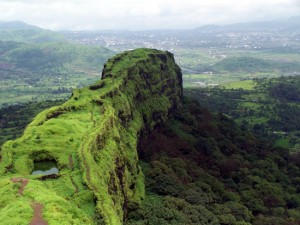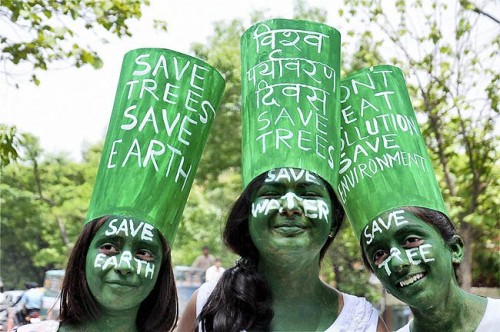 The Western Ghats, India’s veritable treasure of some of nature’s best specimens, became the country’s 32 World heritage site after The UNESCO world Heritage Committee at its 36th meeting in St Petersburg inscribed it as a natural world heritage site.
The Western Ghats, India’s veritable treasure of some of nature’s best specimens, became the country’s 32 World heritage site after The UNESCO world Heritage Committee at its 36th meeting in St Petersburg inscribed it as a natural world heritage site.The World Heritage Committee, which is the 21-member body that inscribes sites to the heritage lists, selects the sites based on some operational guidelines. The Western Ghats is added to the list based on criteria nine and ten under which the natural site qualifies.
According to the UNESCO’s guidelines, criteria nine points to sites that are examples of,
“Significant ongoing ecological and biological processes in the evolution and development of terrestrial, fresh water, coastal and marine ecosystems and communities of plants and animals.”
Criteria ten mentions sites that are,
“Important natural habitats for conservation of biological diversity, including those containing threatened species of outstanding universal value from the point of view of science or conservation.”
Long battle Won
The challenge to enlist the Western Ghats was not an easy one for India. In 2006 the centre had nominated the Ghats but the nomination was rejected.
The International Union for Conservation of Nature (IUCN) this year had discouraged the committee to make the Western Ghats a world heritage site and raised objection to the nomination. They argued that more work was needed “to meet the standards the convention has set in its operational guidelines.
The Indian delegation however convinced the members of the committee saying that the recognition by the world, will only aid in conservation and help put the onus on protection of this vast treasure trove. India nominated Western Ghats as a serial heritage site with 39 sites in the group.
Western Ghats
The 1,600-km long Ghats, which starts at the border of Gujarat and Maharashtra and runs through the states of Maharashtra, Goa, Karnataka, Tamil Nadu and Kerala ending at Kanyakumari, is what is known as a biodiversity hotspot. There are over 5000 vascular plants here , of which about 30% are endemic to the Ghats. Western Ghats also has over 450 species of birds 35% endemic, 140 mammal species ( around 20% endemic) and 260 reptile species (over 60% endemic). The range also has a number of fresh water fishes and a number of invertebrates most of which are endemic to the region. Similarly, a number of amphibians are endemic to the Western Ghats and the area has become a hotspot of discovery of new species of frogs in the last decade.
The Western Ghats are reported to have been formed during the break-up of the Gondwana land about 150 million years ago. They are even older than the Himalayan ranges. It was declared an ecologically sensitive area in 1988. Three major rivers Godavari,Krishna, and Kaveri arise from these Ghats
A number of protected areas including 2 biosphere reserves, 14 national parks and several wild life sanctuaries too are present here. Besides, many regions are declared as reserve forests. The Western Ghats are also home to many of the community conservation areas such as the sacred groves.
What does it mean to be a World heritage Site?
As per the UNESCO, when a site is declared to be a world heritage site, the resulting prestige often helps raise awareness among citizens and governments for heritage preservation. Greater awareness leads to a general rise in the level of the protection and conservation given to heritage properties. A country may also receive financial assistance and expert advice from the World Heritage Committee to support activities for the preservation of its sites.
World’s watching
The global recognition of the Western Ghats is a proud moment for Indians. But it is also a moment when we realize the responsibility the title puts on our shoulders. Mining, over harvesting of medicinal plants, tea estates fragmenting the forests, depletion of natural resources, poaching etc. are crucial challenges that now need to be looked into with a renewed vigor.
All of the 1600 km stretch of land is now being watched by the world – and that too by people who are not used to the system errors and babudoms that so easily creep into all our work and efforts. The future path has been laid – Either keep the Western Ghats as pristine as ever or face global shame.
More Related Stories,
Frog Songs help Researchers understand Climate Change
Western Ghats Aquatic Species Plunging Towards Extinction
Scientists Find 12 New Frog Species






4 thoughts on “Western Ghats become a World Heritage Site”